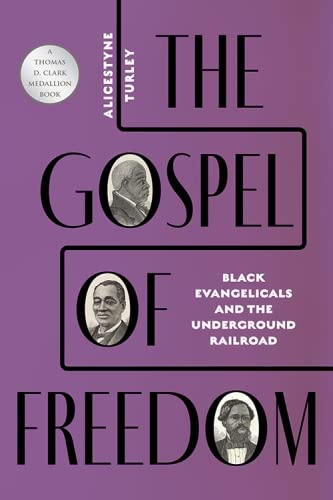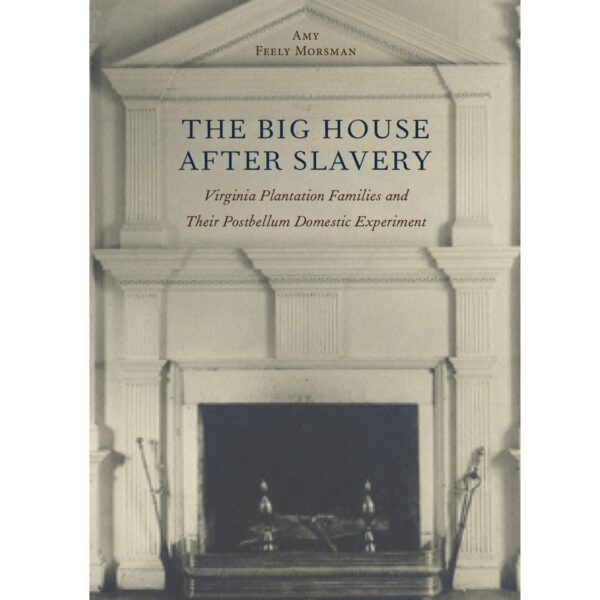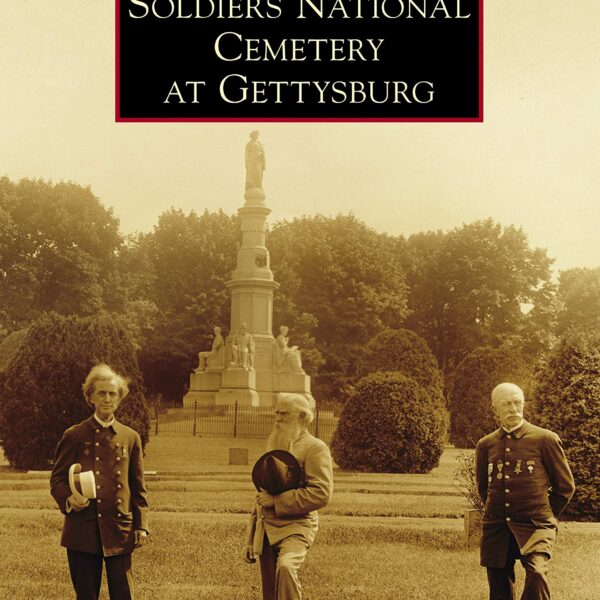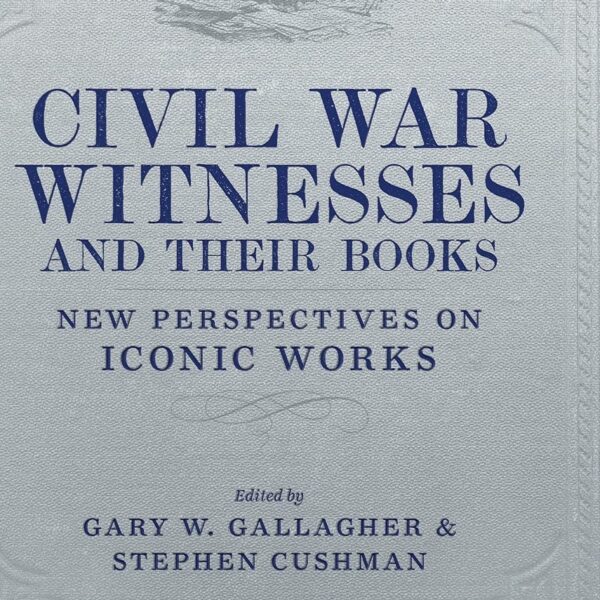Black Evangelical churches in Kentucky formed “an organized ‘underground’ black freedom network” (152) that helped to facilitate freedom-seeking fugitives’ escapes into Canada, Ohio, and other anti-slavery regions. In this important study, author Alicestyne Turley admirably seeks to examine “slave complicity in and active construction of a southern freedom network, which resulted in the formation of black communities and religious, economic, political, and social institutions” (1). The Gospel of Freedom upends our understanding of the “Underground Railroad” and the powerful role that independent Black churches played throughout the South in undermining the peculiar institution. Combining traditional history with engaging oral histories, Turley helps to reconstruct how enslaved persons used their Christianity and religious institutions to create freedom networks previous historians have not seen.
“Black freedom emerged as a matter of political, social, and religious debate” in the wake of the American Revolution (10). Previously, the First Great Awakening had begun to lay this groundwork, especially through the doctrine of what is typically called “spiritual equality”; this “New Light message of the equality of all men before God led to the conversion of large numbers of free and enslaved Africans” (17). Initially, enslaved Africans flocked to the Baptist denomination, which was beginning to spread along the colonial fringe. However, by the time of the Second Great Awakening, many enslaved persons latched onto the Arminianism of John Wesley as espoused by that other great frontier denomination: Methodism. “In contrast to Calvinism,” Turley writes, “Arminianism maintained that Christ died…to redeem all humanity, not simply the elect. Humans, therefore, possessed free will to either choose the universal gift of salvation, or reject it” (32).
The power of Arminianism for African Americans cannot be overstated. It provided them with a powerful theological tool to confront enslavers. Arminianism “saw men and women as creatures capable of holiness, benevolence, and ultimate perfection” (32). Methodists, motivated by their Arminianism, were motivated to minister to societal outcasts, especially enslaved persons. Meanwhile, African Americans latched onto the denominational organizational structure of Methodism and the denomination’s emphasis on “heartfelt and emotional religious worship” (34). The Second Great Awakening, Turley concludes, “offered liberating and empowering messages of hope, salvation for all, and the personal freedom to choose” (45).
Initially, anti-slavery Baptist, Methodist, and Presbyterian denominations began to spread out of Virginia and North Carolina and into the Kentucky territory. However, in “a story to be repeated across the South,” these early denominations, “recognizing the potential divisiveness of slavery, sought to avoid a decision on the matter by delegating it to the political rather than the spiritual, realm” (53). These denominations began to expel antislavery members with the unintended result that antislavery beliefs were spread beyond the borders of Kentucky. Many of these expelled antislavery Evangelicals established “antislavery networks and Underground Railroad communities in the Kentucky borderlands and in the free territories of Indiana, Ohio, and Illinois” (65). Turley sees this effort as one motivated by Black Evangelicals whose “primary mission” became “convincing white allies that blacks were indeed ‘human,’ capable of learning, making contributions, and leading productive lives beyond” slavery (79). As denominations began to silence antislavery advocates, Black Evangelicals used the communities of Black Churches “to employ commonly held religious beliefs across racial, denominational, and cultural boundaries…to argue [with Whites] their case for freedom” (84).
In the final two chapters, Turley endeavors to piece together stories from a variety of written and oral sources regarding Black Evangelical ministers and the existence of a “freedom network.” “No black institution was more effective in championing and sustaining a black freedom movement than black religious congregations,” she writes (154). Turley uses maps denoting known Black churches and Black religious communities to illustrate the path of fugitives to freedom through Black Evangelical networks (3, 5, 137). In Turley’s history, Blacks—especially Black Evangelicals—played a major role in forming, operating, and maintaining the “Underground Railroad.” She powerfully shows that far from being a highly organized effort by white, Northern abolitionists, the Underground Railroad was more powerfully operated by Blacks “on-the-ground.”
Turley’s study raises the question of whether similar Black communities or freedom networks existed in other Border States. Were there freedom networks across the entire South? Did some Southern states have stronger or more freedom networks? Future research would expand our understanding of antislavery by exploring these avenues that Turley opens for us.
Despite her emphasis on the Second Great Awakening and Black Evangelicals, several canonical works in the field of U.S. religious history seem conspicuously absent from the bibliography. This reviewer found no reference to works by Mark Noll, Richard Carwardine, Eugene D. Genovese, Albert J. Raboteau, or Donald G. Mathews, all of whom wrote about religion in the South, the Second Great Awakening, and/or “the world the slaves made.” Better situating her work within a larger historiographic discussion would have enhanced Turley’s work. Additionally, it could have benefited from a sharper definition of “evangelical.” Despite being in the title of the work, “evangelical” appears frequently throughout the text, though it is not defined by Turley. The reader is left to wonder exactly how she is interpreting this term (there is also no index entry for the term). During a period when Evangelicals are divided amongst themselves about the meaning of their sect, clarifying how she understood the term would have made The Gospel of Freedom better.
These critiques aside, The Gospel of Freedom is a recommended and valuable contribution to our understanding of the Underground Railroad, Black Evangelicalism, and abolition.
Caleb W. Southern, who writes from South Carolina, earned his MA in History at Sam Houston State University.
Related topics: African Americans





